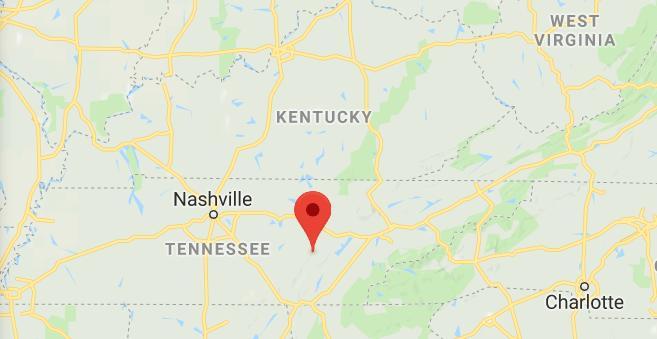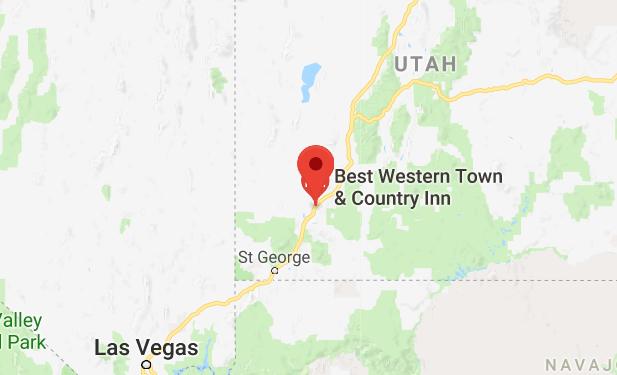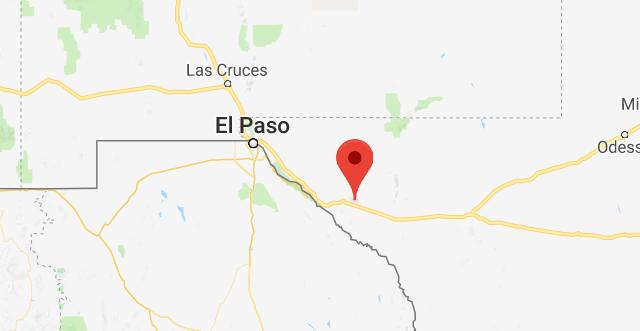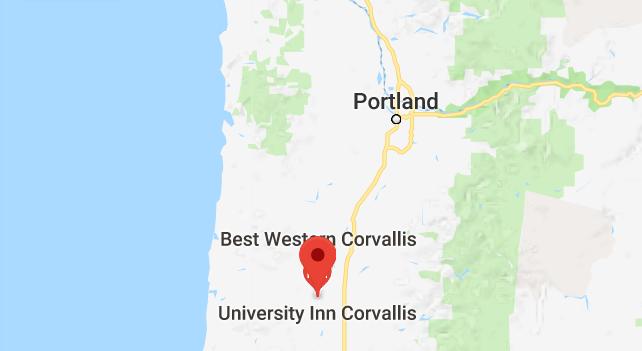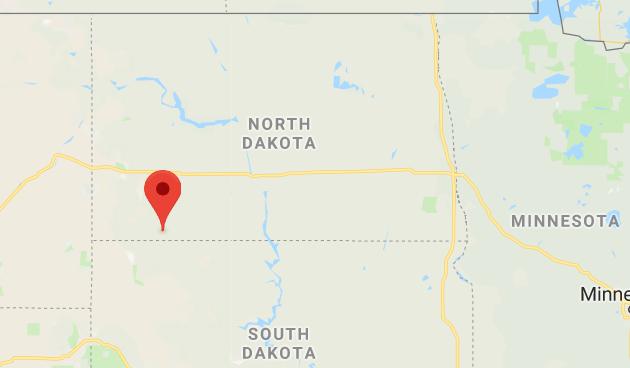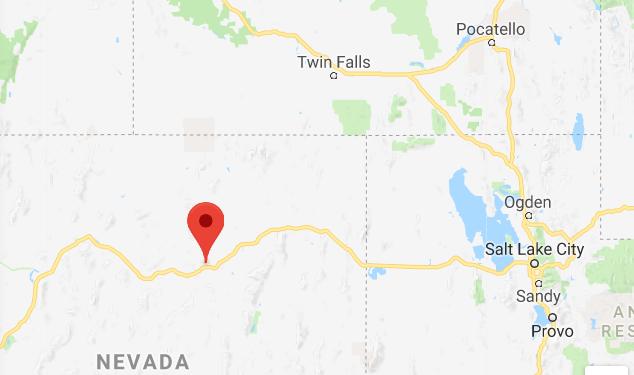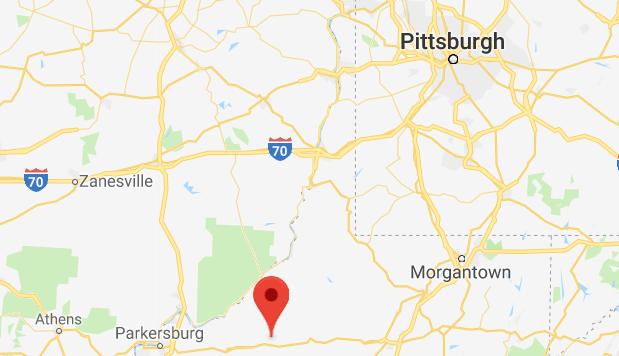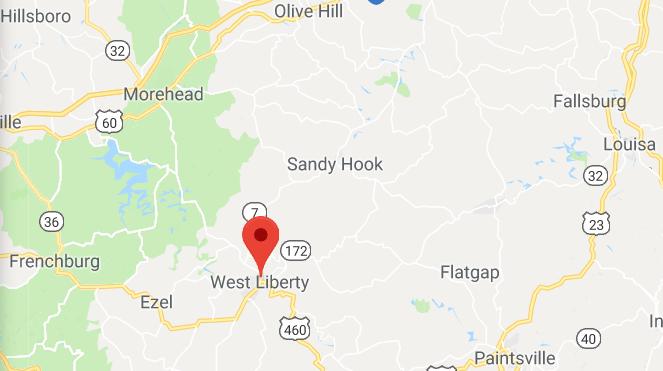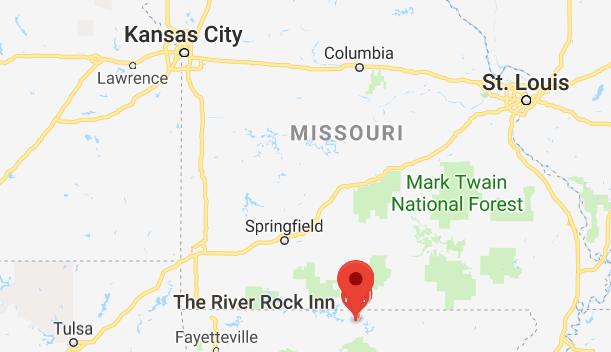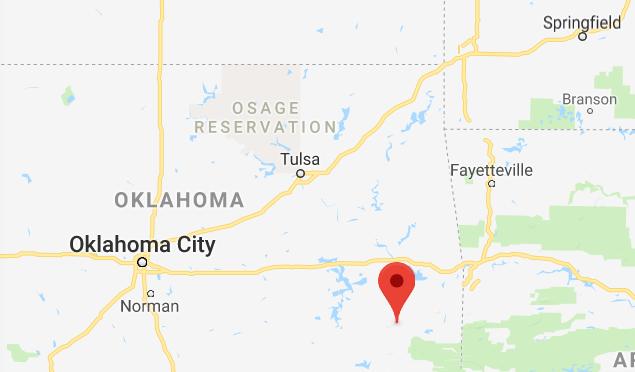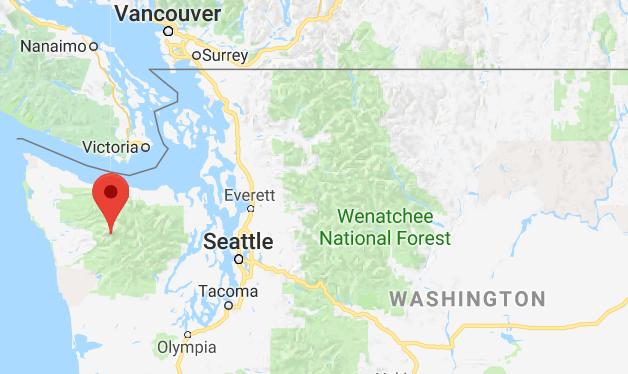by Isabella
On first glance, it may seem easy to believe that the transgender movement is about freedom. We live in America, right? And in America, people should be free to live and express themselves as they please. If someone wants to live their lives as the opposite sex, so be it.
But anything longer than a first glance to any American, will show the agenda goes far, far beyond this. Even proponents of the transgender agenda hardly stop at freedom and generally whiz right on by to acceptance, tolerance, respect. They don’t really want freedom from transgender individuals. They want the rest of the world to believe exactly as they do.
The trouble is, exactly what the avid proponents of transgenderism believe is that humans can traverse gender as they choose or feel. This is, of course, when it gets down to it, patently false.
With the exception of a very miniscule portion of the population who experience a physical deformity called hermaphroditism, pretty much every human on earth has a gender which is determined by their genes from very early infancy in the womb (and yes, babies in the womb are also human, but that’s another topic for another day).
Gender is not fluid, and when a person has plastic surgery, takes hormone-blocking drugs, and wears the typical attire of the opposite sex, they do not, at any point in time, become the opposite sex, unless we are all in agreement that we are pretending.
The scary thing about the transgender agenda lately is that they don’t seem to be pretending. They seem to genuinely believe that gender is malleable, and, even worse, that anyone who disagrees is a hateful bigot. Us hateful bigots are quickly being pushed to the outskirts of society as the delusion takes hold of our whole country.
The National Delusion
Take the very recent example of an elementary school principal in Massachusetts who decided that he wanted to live as a woman. He wrote a letter to the parents of his young students, explaining that his gender confusion had haunted him his whole life, and that he was now publicly announcing his transgenderism and would slowly, in front of the young children over whom he was responsible, be transitioning to live as a woman.
That’s pretty crazy, for sure, but we’re getting used to this by now.
What’s really insane, is how the press wrote about this man.
The Principal’s name is Tom Daniels, who will now be using the name “Shannon.”
This person who would like to be called Shannon Daniels, like, last week, when he claimed he was a she. He’s a man. He looks like a man, talks like a man, walks like a man, and clearly is a man.
But because he woke up one day and decided to announce to his K-6th grade students that he was a she, despite the fact that every sensible bone in your body will tell you he is most definitely a he, we’re calling him “she” now.
And by “we”, I mean the mainstream media. This is a quote from a USA Today article on the Principal’s decision to come out as transgender, which is titled Massachusetts elementary school principal announces she is transgender:
A Massachusetts elementary school principal has announced that she is transgender, telling her school community in a letter she has “never felt completely happy or at peace.”
Shannon Daniels, previously known as Tom, is the principal at the Stanley Elementary School in Swampscott, a prosperous town northeast of Boston.
“I got to the point that I thought I would never be able to reveal my true self,” she said in the letter. “Frankly, the prospect of doing so was terrifying. … That has changed.”
In the letter, 52-year-old Daniels, who transitioned from her gender assigned at birth (male), said she identifies as both male and female. She now plans to present herself as female and use her middle name, Shannon, as her first name.
“Transitioned from her gender assigned at birth (male)”?! Gender isn’t assigned at birth, it’s clearly apparent in the physical features of the baby. This observation would be easily backed up by a quick glance at the chromosome of any one of the baby’s cells. He wasn’t “assigned” the gender of male, he is a male.
Tyrannical Transgenderism
There is a book that is often used as a benchmark for what tyranny looks like. It is 1984 by George Orwell, and ever since it was first published in 1948, it has constantly been referenced to indicate when society is dangerously flirting with the type of totalitarian mind control exhibited in the oppressive fictional government of Orwell’s imaginings.
One of the most notable themes of the book is the patriotic language that Big Brother’s government of Oceania uses to describe their war efforts abroad. At one point, their military alliance with Eastasia dissolves and they go to war with them instead.
However, the announcement comes as if it has always been fact, and they subsequently rewrite history accordingly, announcing to their citizens through the ubiquitous telescreens and propaganda that “Oceania was at war with Eastasia: Oceania had always been at war with Eastasia.”
Principal Daniels is a woman. She has always been a woman.
This is not an isolated incident. Slowly, over the past decade, the transgender agenda, supported enthusiastically by the leftist media and even the enthusiastic defenders of political correctness in Washington, have changed our national conversation about transgenderism so that any language that falls outside of their carefully constructed delusion is considered “thought crime”, which was a heinous offence in Oceana.
It’s not enough that we treat transgender people with respect and try to work together as a nation to address their trials and challenges with compassion. No, that’s not what they want. They want us all to pretend their delusion is reality.
This is, at its core, tyranny, and it sets a terrifying precedence for those who choose to speak truth that transgenderism is a mental illness and ought to, for the sake of the people afflicted with it most of all, be treated as such.
Writer Stella Morabito of The Federalist agrees, and wrote back in 2014 that: “The transgender movement has strong totalitarian overtones that Americans (especially certain senators) don’t fully understand. How else to describe a crusade with such far-reaching consequences for First Amendment rights?”
“The legal destruction of gender distinctions will inevitably dissolve family autonomy, thereby uprooting freedom of association. Free expression becomes “hate speech” if one doesn’t fall into line with the directives of the transgender lobby or its pronoun protocol. Freedom of religion takes a direct hit any way you look at it.”
The transgender agenda strikes at the core of the invaluable liberty we enjoy in this great nation, and it is vitally important that we recognize it as such before it is too late.
Thinkpol – The Thought Police of America
One of the most chilling features of the novel 1984 is the concept of “thoughtcrime” which is enforced by “thinkpol”, or, literally, the thought police. In our own little version of Oceania here in the US, laws are being formed to literally ban acknowledging the reality of one’s gender.
In California, a bill was passed in October which dictated that caretakers of elderly people who did not use their “preferred pronoun” would face fines and even jail time.
Fox News reported:
Among the unlawful actions are “willfully and repeatedly” failing to use a transgender person’s “preferred name or pronouns” after he or she is “clearly informed of the preferred name or pronouns.”
The law states that if provisions are violated, the violator could be punished by a fine “not to exceed one thousand dollars” or “by imprisonment in the county jail for a period not to exceed one year,” or both.
Morabito describes a bill, Employment Non-Discrimination Act (ENDA) that passed in 2014 that on the surface appears to be a simple non-discrimination bill for employers, but in reality, sets a noteworthy precedence about gender:
The [ENDA] is based on the assumption that one’s perceived “gender identity” does not always “match” your sex “assigned” or “designated” at birth. So, the thinking goes, the law should allow a more ambiguous array of gender identities: male, female, both, neither, or something else entirely. It’s not an overstatement to say that tENDA is a huge step, mostly under the radar, to codify a new definition of humanity.
A 2016 law passed in New York would also make incorrect pronoun usage punishable by fines up to $250,000.
The NYCHRL [New York City Human Rights Law] requires employers[, landlords, and all businesses and professionals] to use an [employee’s, tenant’s, customer’s, or client’s] preferred name, pronoun and title (e.g., Ms./Mrs.) regardless of the individual’s sex assigned at birth, anatomy, gender, medical history, appearance, or the sex indicated on the individual’s identification.
Most individuals and many transgender people use female or male pronouns and titles. Some transgender and gender non-conforming people prefer to use pronouns other than he/him/his or she/her/hers, such as they/them/theirs or ze/hir. [Footnote: Ze and hir are popular gender-free pronouns preferred by some transgender and/or gender non-conforming individuals.]
Look at this language–it’s insane! These are made-up words used by people who are simply in denial about the biological reality of their body.
It is one thing to strongly feel you would be more fulfilled in life if you lived as the opposite sex, and to expect the government to write laws to protect you from discrimination or violent crime. But to demand everyone use made-up pronouns to refer to you in casual speech when you make an exerted effort to make your gender difficult to determine because you want to pretend you don’t “conform” to “gender norms”?
These are blatant violations of free speech that essentially set legal traps for anyone who dares go against the forced cultural norm that gender is fluid and we have to go along with whatever anyone says that they are.
Think of the reality these laws create: if we can pretend a person who is clearly a man, like Principal Daniels, is, in fact, a woman, and we can’t question anyone’s preferred gender pronoun, what does this mean for a big, burly man who walks into a woman’s room and cannot be asked to leave because he simply says he is a woman?
This is a scenario opponents of transgender bathroom initiatives have been proposing for a few years now, and it only becomes more and more realistic as time goes on, and other dangerous laws are passed.
Blackwhite-Denying Reality
Another noteworthy concept in the oppressive Oceana government contained in the pages of 1984 is that of “blackwhite”, the idea that one can eventually fully convince themselves that black is white, or, in an example that is most useful for our discussion, that a man can be a woman or that a person can have no gender at all.
This is a tried-and-true method for the transgender agenda, and, as you can see from the news coverage of Principal Daniels, it’s working. It doesn’t matter how obvious one’s biological gender is, the left is determined to completely deny reality.
Take for example a recent case in the UK. A woman, Christie Elan-Cane, who identifies as “gender non-conforming” or something to that effect, has been working her way through UK’s court system on a quest to obtain gender-neutral passports.
The Guardian reports:
“Legitimate identity is a fundamental human right but non-gendered people are often treated as though we have no rights,” Elan-Cane said. “The UK’s passport application process requires applicants to declare whether they are male or female. It is inappropriate and wrong that someone who defines as neither should be forced to make that declaration.’’
Elan-Cane, who was born a woman but began transitioning after surgery, believes individuals should be given more than the binary choice of being a man or a woman.
Notice the blatant denial of reality. First, in Elan-Cane’s language, as she clearly believes she is without gender, when her biology would dictate otherwise. Second, notice the journalist’s choice of words “was born a woman but began transitioning,” fully believing this woman can traverse her biological gender. Furthermore, he goes on to repeat Elan-Cane’s belief that “individuals should be given more than the binary choice” of being male or female.
That’s just it–biology dictates whether you are male or female, not the government. But when the government starts dictating whether one is male or female…that is when we have entered into the realm of blackwhite.
Terrifying.
The Family and the Thought Police
In 1984, Orwell describes the family structure in the oppressive regime of Oceana:
“[The children] were systematically turned against their parents and taught to spy on them and report their deviations. The family has become in effect and extension of the Thought Police.” (Orwell, 1984, p. 133)
The children in our new transgender regime are in fact being targeted, and the result of their new brainwashing at school is being used to prosecute their parents.
The schools are rife with the transgender agenda, teaching children as young as Kindergarten that gender is fluid. One horror story from last year involved a Kindergarten “transition ceremony” about which the parents of other students were not informed.
The 5-year-olds went home crying and worried they would turn into the other sex, but the school stood by the teacher’s decision to read books about transgender TV child star, Jazz Jennings, and then change a little boy’s clothes in the bathroom to present him anew to the little ones as a girl. One pediatric expert called this bizarre display “traumatic” for the poor children involved.
In Ohio, a confused and clearly psychologically ill teenager who believes she is a boy is currently facing emancipation from her parents because they refuse to let her transition.
Despite the fact that the drugs and surgery she wants would alter her life forever and she is only seventeen years old, a judge will soon decide if the parent’s authority still stands simply because they would prefer their daughter seek counseling rather than the extreme surgery the nearby cutting-edge Children’s Hospital Transgender Clinic wants to perform on her.
In Canada last year, it’s even worse. The province of Ontario recently passed a law that would remove children from the home of parents who do not support their desire to “transition”.
So as our schools brainwash our kids into thinking it’s perfectly possible to change gender at will, the government tells these kids if their parents don’t approve of life-altering surgery or hormone-blocking drugs, they can just go live with another family if they choose.
Robbing Us of Our Humanity
In Morabito’s sobering article on the transgender agenda, she poses the question, why should we care?
“Because erasing gender distinctions, especially as they apply to childbearing and rearing, would serve to legally un-define what it means to be human,” she answers. “A new legal definition of human—as neither male nor female—would apply to you whether you like it or not. Already, there is social pressure for everyone to comply with the gender theory notion that biological facts are mere ‘social constructs.’”
At the end of the day, this is truly what is frightening about the pressure the transgender agenda has applied to American citizens. They have successfully redefined humanity itself, and if they can do that, they can do anything.
Once it becomes illegal to speak the truth about gender, which it already has, it means that a lie is being enforced at the end of a gun. In America, our Constitution recognizes that our rights are not given to us by the government, but by God. And God created humans male and female. By attempting to erase this important distinction of individual humans, the heart of liberty itself has been struck.
We must fight back before it is gone completely.
via Modern Survival Online http://ift.tt/2owTG6b

